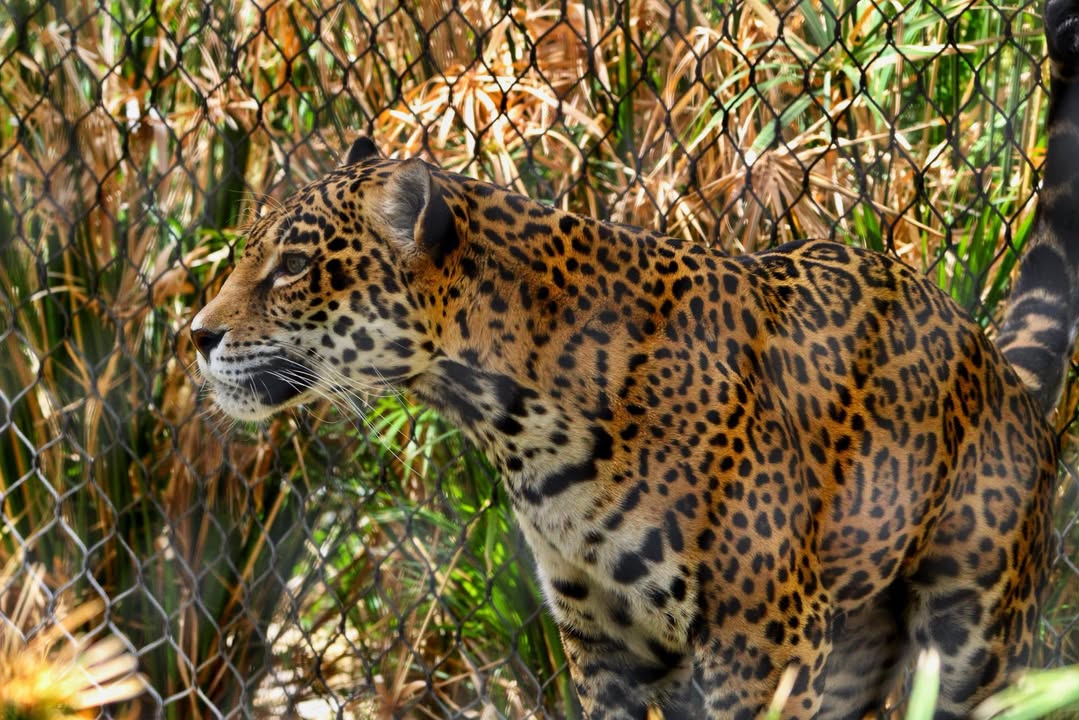- The significance of zoo photography in wildlife conservation and education.
- Key insights into the behavior and characteristics of Bella the jaguar, Tony the lion, and the Zoo’s peafowl.
- The role of zoos in wildlife conservation and public awareness campaigns.
- Practical tips for capturing exceptional wildlife photographs in a zoo environment.
- The impact of visitor engagement in supporting zoo initiatives and conservation efforts.
Zoo photography can be a powerful tool in fostering a deeper connection to wildlife and promoting conservation efforts. Photos captured by visitors like Rachel Bluth Ford can evoke interest and empathy, essential factors in wildlife conservation and education. These images can showcase the beauty of animals such as Bella the jaguar, Tony the lion, and vibrant peafowl, while also raising awareness about the ecological challenges these species face in the wild.
Understanding the behavior and characteristics of these animals enhances both the photographic experience and learning outcomes for zoo visitors. Jaguars, like Bella, are known for their solitary and elusive nature. Native to rainforests and swamps in Central and South America, they are powerful swimmers and adept hunters. In zoos, observing jaguars can shed light on their behavior, such as their nocturnal activity patterns and unique vocalizations.
Lions, exemplified by Tony, offer a different perspective. Known as social felines, lions live in prides, which adds a dynamic social layer to their observed behavior in captivity. Observing their interactions, roaring, and grooming routines can provide insights into their complex social structures. Such observations underscore the importance of preserving natural habitats to support their dwindling numbers in the wild.
Peafowl, often seen roaming freely in zoos, add an aesthetic vibrancy. Known for their striking plumage and courtship displays, peafowl are more than just an attractive sight. They can serve as ambassadors for biodiversity, illustrating the zoo’s role in preserving not only high-profile endangered species but also the broader range of life forms essential to ecological stability.
Zoos play a critical role in wildlife conservation and education by providing safe environments for endangered species and engaging the public with conservation messages. They serve as breeding centers for species like jaguars and lions, which are threatened by habitat loss and poaching. Furthermore, zoos actively participate in rewilding efforts, where animals bred in captivity are reintroduced into their native habitats.
Photography at zoos can contribute to this mission. By showcasing the beauty and plight of these majestic creatures, photographers spark discussions about conservation and foster a community committed to wildlife preservation. Images shared on social media platforms can create virtual touchpoints that expand the reach of conservation messages far beyond the zoo’s physical location.
Capturing extraordinary wildlife photographs at zoos involves blending technical skill with patience and observation. Photographers are encouraged to spend time understanding animal behavior, which enables them to anticipate moments that make compelling photographs. Using equipment like zoom lenses helps capture intimate shots without disturbing the animals, and adjusting settings to accommodate varying light conditions can enhance image quality.
Visitor engagement is crucial in supporting zoo initiatives. By participating in photography and sharing their experiences, visitors can amplify conservation messages and contribute to educational campaigns. This engagement helps build a supportive community around zoos, which can translate into financial support, volunteerism, and advocacy for wildlife conservation.
In summary, the intersection of zoo photography and wildlife conservation offers a unique opportunity to engage people with the natural world. Capturing and sharing images of animals like Bella the jaguar, Tony the lion, and the peafowl not only enriches individual experiences but also contributes significantly to broader scientific and conservation goals. By fostering a connection with wildlife, zoo photography can inspire action and appreciation for the effort needed to protect and preserve our planet’s diverse ecosystems.
*****
Source Description
What is the best photo you’ve taken at the Zoo? Zoo Guest Rachel Bluth Ford snapped these great shots of Bella the jaguar, Tony the lion, and one of the Zoo’s peafowl during a recent trip. Share your favorite shots with us via direct message to be featured in an upcoming 📸


